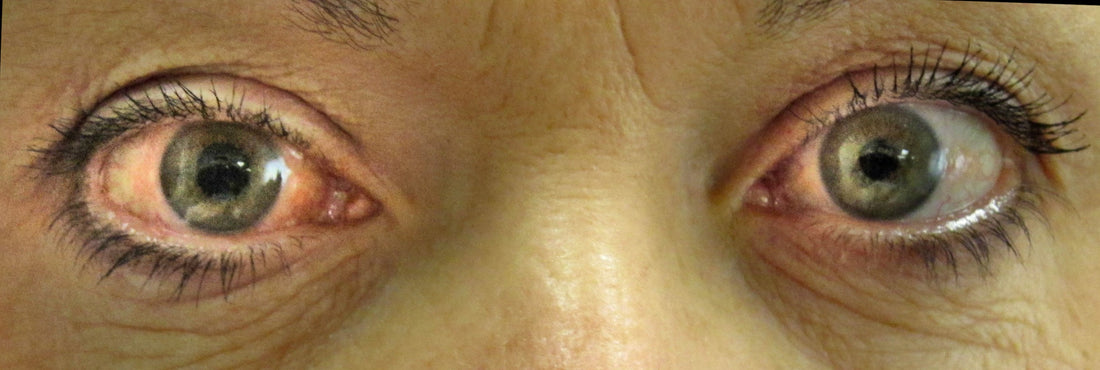
Glaucoma
Share
Glaucoma is a set of eye diseases that cause damage to the optic nerve, which is essential for normal vision. An unusually high pressure in your eye is frequently the source of this injury. For adults over the age of 60, glaucoma is one of the main causes of blindness. It may happen at any age, although it is more frequent in elderly people.

The fluid inside your eye, known as aqueous humors, generally exits through a mesh-like tube. If this duct becomes clogged, or if the eye produces too much fluid, the liquid accumulates. Experts aren't always sure what's causing the obstruction. It can, however, be inherited, which means it is handed on from parents to children.
A physical or chemical damage to the eye, a serious eye infection, clogged blood vessels inside your eye, and inflammatory diseases are all less frequent causes of glaucoma. It's uncommon, but eye surgery to treat another problem might sometimes trigger it. It generally affects both eyes, however one may be affected more severely than the other.

Type of glaucoma
- Open-angle glaucoma
The most common type of glaucoma is primary open-angle glaucoma (POAG). Furthermore, its occurrence grows significantly with age, and it is a chronic, rather than an acute, illness. This rise happens because, even though the drainage angle is open, the drainage mechanism may progressively get blocked as a result of ageing. As a result, the aqueous fluid does not drain correctly from the eye.
- Angle-closure glaucoma
Angle-closure glaucoma (closed-angle glaucoma) is a kind of glaucoma that is less common in the Western world but highly common in Asia. Acute or chronic angle-closure glaucoma can occur. The common feature in both is that a portion of or the entire drainage angle becomes physically closed, preventing aqueous fluid from reaching all or part of the trabecular meshwork within the eye. In acute angle-closure glaucoma, the patient's intraocular pressure, which is normally stable, might abruptly rise (acutely). This rapid pressure rise happens when the drainage angle closes, obstructing all drainage routes.
- Congenital glaucoma
Congenital glaucoma (infantile glaucoma) is a hereditary type of open-angle glaucoma. The drainage area is not fully formed before birth in this situation. This causes increased pressure in the eye, which can result in vision loss due to optic nerve injury as well as a larger eye. Because a young child's eye is more flexible than an adult's eye, it enlarges in response to increased intraocular pressure. Early detection and treatment with medication and/or surgery are important in these babies and kids in order to maintain their eyesight.
Symptoms
Glaucoma does not normally start with any symptoms. It usually develops gradually over many years and first affects the margins of your vision (peripheral vision). As a result, many individuals are unaware they have glaucoma, and it is typically discovered during a regular eye exam. Glaucoma can, in rare cases, develop abruptly and cause:
- severe eye discomfort
- vomiting and nausea
- a red eye
- a migraine
- sensitivity around the eyes
- observing ring-shaped lights
- blurred vision
Prevention
These self-care measures can assist you in detecting glaucoma in its early stages, which is critical for avoiding vision loss or delaying its progression.
- Get dilated eye exams on a regular basis.
- Use recommended eyedrops on a regular basis.
- Learn about your family's eye health history.
- Use eye protection.
- Exercise in a safe manner.
To purchase contact lenses, you can order online through shop.malayaoptical.com or if you just nearby Petaling Jaya area you can drop by to our shop at Malaya Optical Optometrist
